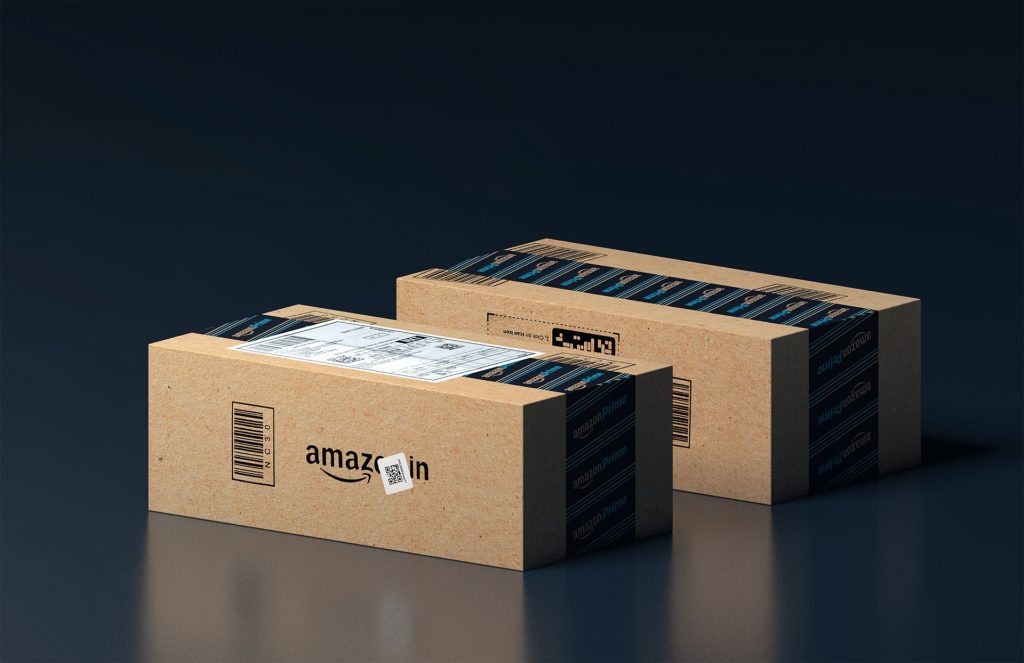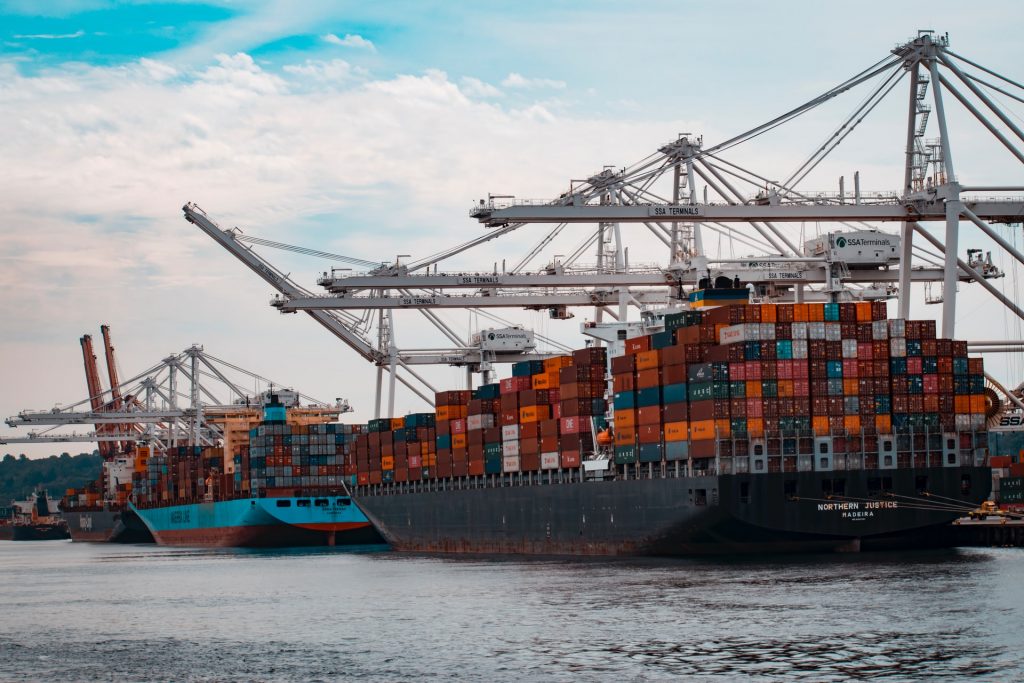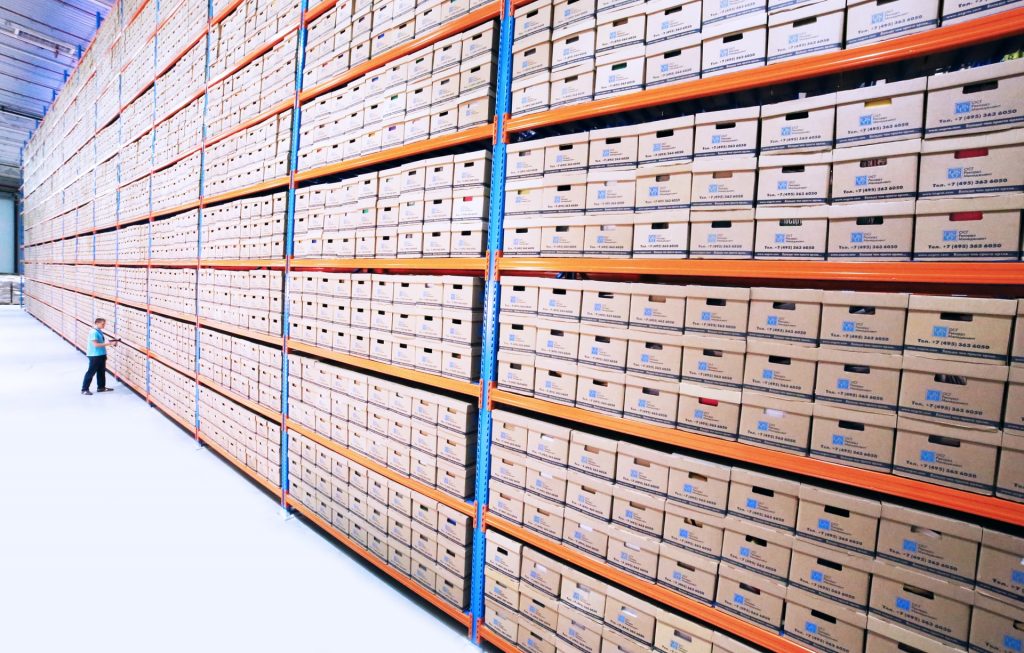Pandemic Amazon Hack – Complete Guide, Tips, Tricks & More
Table of Contents
Hey everyone! Quickly dropping in to let you know a new thing we’ve discovered that’s helping us with our business in this ever-changing Amazon landscape. Weeks ago, Amazon announced some new rules which greatly affected Amazon sellers, especially those who are using FBA.
They have limited the inbound deliveries of non-essential items and also delayed shipments to customers. This resulted in a huge drop in sales for many sellers – with customers preferring those with faster delivery options. But hope is not yet lost. We discovered Deliverr as a great solution.
You can outsource FBM deliveries to them and thus making delivery of items to your customers faster. You can also increase your chances of winning the buy box with their prime tags.
And if you’re a Walmart owner, Deliverr is also available on that platform. If you want to learn more on ranking on Walmart using RebateKey and Deliverr, watch this.
As a global e-commerce company, Amazon also encountered daily operations and execution problems after the coronavirus.
We have listed some of the main problems that sellers who advertise on Amazon had to overcome. Check them out HERE.
Issues Faced by Amazon FBA Sellers
With several of the announcements made by Amazon, both FBA and FBM sellers are facing many issues with running their Amazon business.
Amazon FBA means that Amazon ships the product you’re selling for you!
When you avail of the FBA service, Amazon takes your products, keeps them in one of its warehouses, ships them to people who want to buy, looks at any refunds, and manages all the logistical details related to shipping your products.
Amazon gives you a shipping deal where you, as a third-party vendor, have the option of storing your products in Amazon’s fulfillment centers and letting Amazon run things from their end.
Find our detailed guide on Amazon FBA, HERE.
Some of these problems are:
Delayed or Unreliable Cash Flow
Amazon usually pays out to FBA sellers every two weeks. Sellers are compensated for orders made within a 14-day period that were successfully delivered over 7 days ago.
It’s important to note that the actual date of the payout depends on when you opened a seller account. You may not receive your payment on the actual dates of the payout since they may be delayed due to delays in ACH transfers, etc.
To make matters worse, most Chinese manufacturers usually require a 25% upfront payment. Then, the manufacturing process, customs clearance and shipping delays can mean that it may take months for the product to actually reach the seller.
Then the seller has to sell that product.
In conclusion, it can take several months for an FBA seller to see any return on their initial investment.
Strict Packaging Restrictions

While Amazon does make lives a whole lot easier for FBA sellers by handling the shipment process, they do have highly meticulous packaging guidelines.
Over the years, Amazon has provided guidelines for many aspects such as box types, box sizes, label sizes, label types, etc.
When you fail to adhere to their guidelines, which are often confusing to understand for newer sellers, it can cause you a ton of problems. It may cause delays in the shipping process or worse, it may cause Amazon to consider your packaging to be non-compliant.
If that happens, your entire batch may be rejected.
As a new Amazon seller, all the guidelines regarding labels can make your head spin. Sellers have to adhere to international labeling standards and also, the standards dictated by Amazon fulfillment centers.
Then, once the labeling and bar codes are taken care of, sellers must turn their attention toward packaging requirements. As you can probably imagine, they are equally as confusing and can almost always be daunting for the new Amazon FBA seller.
Long-Term Storage Fees
Amazon announced long-term storage fees for Amazon FBA sellers back on February 15 2019. It stated that Amazon would start to charge a rolling long-term storage fee on all units that had been present in Amazon fulfillment centers for more than 365 days.
This discouraged Amazon FBA sellers to have any units lying in Amazon fulfillment centers for too long. However, at the same time, Amazon requires sellers to have a certain number of items present in their fulfillment centers at all times for an Amazon seller to be eligible for FBA.
Thus, Amazon FBA sellers have to engage in this delicate balancing act. They must ensure that a certain number of units are in Amazon fulfillment centers at all times.
However, at the same time, they must also ensure that any single unit also gets sold and does not stay in the fulfillment center for more than 365 days.
When done improperly, you can imagine that it can cause Amazon FBA sellers to endure a ton of losses; whether that be in the form of long-term storage fees or in the form of an understocked inventory.
Not only is it difficult to balance, but it’s just another obstacle that Amazon FBA sellers have to deal with constantly.
Issues Faced by Amazon FBM Sellers

Similar to Amazon FBA sellers, FBM sellers also have their fair share of problems.
The obvious advantage to being an FBM seller is that you don’t have to comply with Amazon’s rigid packaging standards or worry about long-term storage fees.
However, with those advantages, you must also be ready to tackle some challenges that you may face. These challenges are:
Issues with Shipping

The obvious disadvantage is the fact that you have to take care of the shipping on your own. There are a couple of ways that sellers can do this.
Typically, when a seller starts out, they conduct all of the shipping themselves. This would include packaging the product, labeling it properly, and mailing it to the buyer.
If any problems arise, such as delays with shipping or the buyer issuing a refund, these will be problems that you will be responsible for.
It’s not something that will be handled by Amazon.
If you do a poor job of handling these issues, your customers will be dissatisfied, and thus, your seller rating will take a tumble.
As your business scales up, you may consider hiring a third-party professional service to handle your shipping for you. While this may save you many resources, it can obviously be quite costly.
Warehousing Fees

Another important thing to consider is that when you are an FBM seller, you will be entirely responsible for your inventory.
Depending on what type of product you intend to sell on Amazon, your stock may require moderate to a lot of space. Naturally, the type and size of warehouse space you require will dictate how much you’ll have to spend on it monthly.
Oftentimes, if your sales plummet or plateau, your warehousing fees will be the ones that will cause your business to go into loss immediately.
Why use a link shortener service?
- Shortened links are easier to share on social media.
- They help track the traffic you’re receiving.
- Organizing your data becomes easier.
Conclusion
There are many pros and cons to being an Amazon FBA seller or an Amazon FBM seller.
In the end, you must assess what your budget is, what your resources are and what type of business you want to establish.
As long as you thoroughly assess these variables, you can easily determine which type of selling would suit you.
Proper research and planning, coupled with the knowledge of useful products that can help you out, such as Deliverr, can really make all the difference.
Get more insights on managing your business and employees on our blog.
